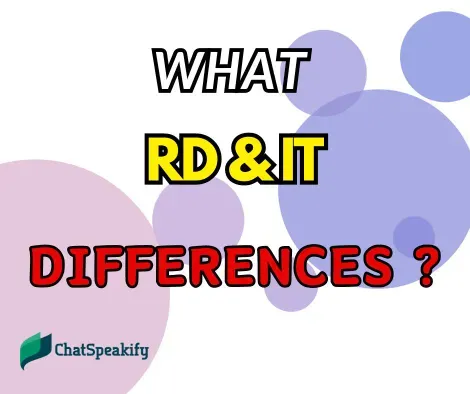R&D (Research and Development)
Definition: R&D (Research and Development) refers to actions conducted by firms to create and launch new goods and services. It is generally related with scientific and technological research that leads to product innovation and development.
Key Features of R&D:
Innovation Focus: R&D focuses on innovation by developing new or enhancing existing items.
Long-term Projects: Long-term projects seek breakthroughs and progress.
Experimentation: Experimentation involves substantial testing and iteration.
Uncertainty: Outcomes are very unclear and risky.
Technical and Scientific: Specialized scientific and technological knowledge is often necessary.
Examples of R&D Activities:
Developing a new pharmaceutical drug.
Creating a new software technology.
Innovating a novel manufacturing process.
Required English Proficiency:
Reading: Strong ability to read and comprehend technical publications, research papers, and patent filings.
Writing: Excellent writing abilities for presenting research findings, reports, and academic papers.
Speaking and Listening: Proficiency in presenting findings, collaborating with multinational teams, and attending conferences and meetings is essential.
IT (Information Technology)
Definition: IT (Information Technology) is the use of computers, networks, and other technologies to manage and process information. IT refers to the technology, software, and services used to store, process, transmit, and secure information electronically.
Key Features of IT:
Support and Efficiency: IT supports business operations and aims to improve efficiency and productivity.
Implementation: Involves implementing and maintaining systems like databases, networks, and enterprise applications.
Data Management: Focuses on managing and protecting data.
Ongoing Maintenance: Continuously maintains, updates, and secures IT systems.
Operational: More associated with the day-to-day operations of a business.
Examples of IT Activities:
Managing a company’s network security.
Developing and maintaining internal business applications.
Providing technical support and maintenance for hardware and software systems.
Required English Proficiency:
Reading: Good proficiency in following software documentation, understanding technical manuals, and reading system logs.
Writing: Strong skills in creating clear technical documentation, writing user manuals, and reporting issues.
Speaking and Listening: Effective communication skills to provide technical support, collaborate with team members, and liaise with stakeholders.
Summary
The major distinction between R&D and IT is in their objectives and actions. R&D is the process of generating something new and inventive over time, with a high level of uncertainty and specialized expertise. In contrast, IT is concerned with managing and deploying technology to assist business operations, with an emphasis on increasing efficiency and protecting data and systems.
References:
MIT Sloan - Innovation and Entrepreneurship
Gartner IT Glossary
Feel free to ask if you need further details!
